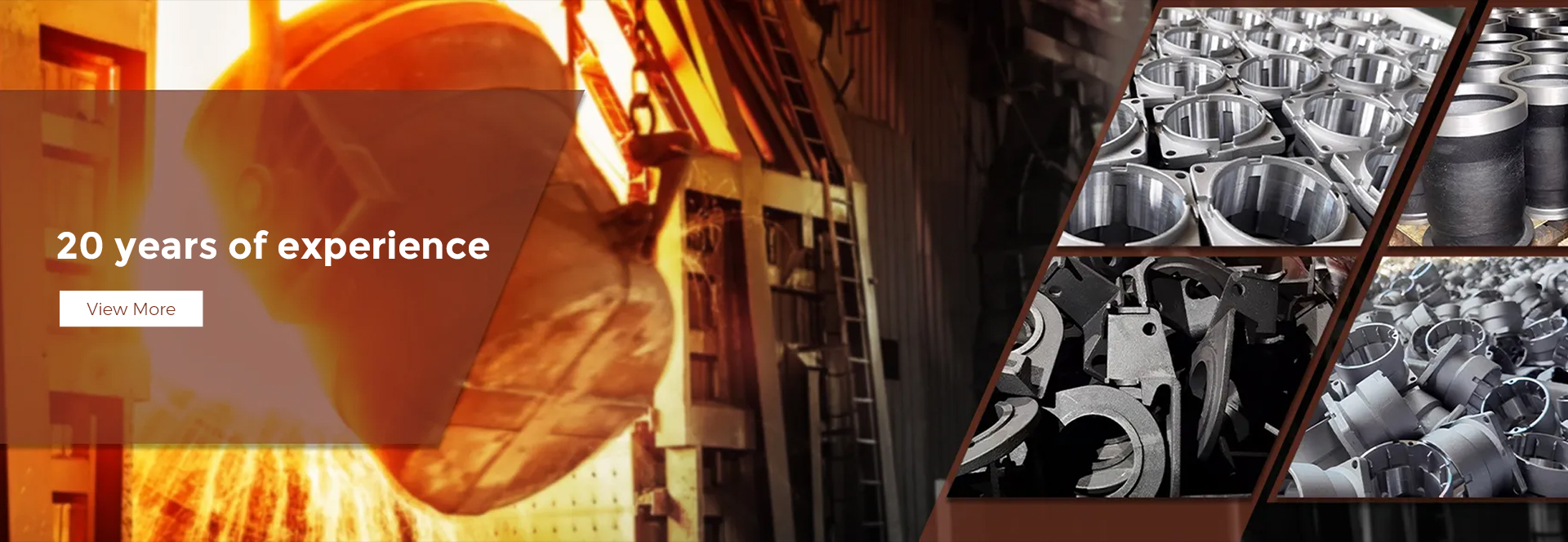Mobile:+86-311-808-126-83
Email:info@ydcastings.com
A356 Aluminum Die Casting - High-Quality & Precision Engineering
A356 Aluminum Die Casting Advantages and Applications
A356 aluminum die casting is a widely utilized manufacturing process that combines the durability and lightweight characteristics of aluminum with the precision of die casting. This specific alloy, known for its excellent mechanical properties, is especially popular in various industries due to its superior finish and strength.
Understanding A356 Aluminum Alloy
A356 aluminum is a silicon-based alloy that contains silicon and magnesium as its primary alloying elements. This composition allows the alloy to achieve outstanding castability, which is critical in die casting processes. The addition of silicon improves fluidity, enabling the alloy to fill intricate molds effectively. Meanwhile, magnesium enhances strength, making A356 a robust choice for demanding applications.
Advantages of A356 Aluminum Die Casting
One of the key advantages of A356 aluminum die casting is its ability to produce complex geometries with high dimensional accuracy. The precision of the die casting process means that components can be created with minimal post-processing. This results in reduced production costs and shorter lead times.
Additionally, A356 aluminum offers excellent corrosion resistance, which is vital for components exposed to harsh environments. The natural oxide layer that forms on aluminum protects it from corrosion, making it suitable for automotive, marine, and industrial applications.
a356 aluminum die casting

The mechanical properties of A356 aluminum also play a significant role in its application across various sectors. This alloy possesses high yield and tensile strength, making it ideal for parts that require durability and reliability, such as engine blocks and structural componentry.
Applications of A356 Aluminum Die Casting
The versatility of A356 aluminum die casting makes it applicable in several industries. In the automotive sector, it is commonly used to manufacture components like wheels, engine brackets, and transmission housings. The weight reduction provided by aluminum contributes to improved fuel efficiency, making A356 an attractive choice for modern automotive designs.
In the aerospace industry, A356 aluminum die casting is used for components like housings and brackets that demand lightweight yet strong materials. The aerospace applications benefit from the alloy's ability to withstand higher temperatures, which is essential for components that operate under stress.
Additionally, the marine industry often uses A356 aluminum for its resistance to saltwater corrosion. Components such as boat propellers, engine cases, and various fittings are regularly produced using this alloy, ensuring longevity and reliability.
Conclusion
In summary, A356 aluminum die casting is a favored choice in manufacturing due to its unique blend of lightweight properties, strength, and corrosion resistance. Its versatility allows for extensive applications ranging from automotive to aerospace and marine industries. As technology advances and the demand for high-performance materials increases, A356 aluminum die casting will likely remain a critical element in the development of innovative and reliable components. With its continual evolution, A356 aluminum stands poised to meet the challenges of the future manufacturing landscape.
-
Understanding Metal Casting TechniquesNewsApr.02,2025
-
Understanding Exhaust Manifolds for Enhanced Engine PerformanceNewsApr.02,2025
-
The World of Metal FabricationNewsApr.02,2025
-
Key Components for Pump and Turbo EfficiencyNewsApr.02,2025
-
Essential Tools for Automotive Maintenance and RepairNewsApr.02,2025
-
Durable Valve Components for Effective Water ManagementNewsApr.02,2025











